Smithsonian National Museum of African Art
Introduction
Text-to-speech Audio
Established in 1963 as a freestanding museum near Capitol Hill in a townhouse, this museum grew to become part of the Smithsonian Institution in 1979. After an act of Congress in 1981, the museum was renamed the National Museum of African Art. The museum was created thanks to the leadership and advocacy of Warren M. Robbins, a prominent art collector, and former U.S. Foreign Service Officer who saw this museum as a way to foster an appreciation of this heritage and an understanding of the African continent generally. When the museum opened to the public in May 1964, it was the first museum in the United States dedicated to African art exclusively. Today it is the only national museum in the United States dedicated to the collection, exhibition, conservation, and study of the arts of Africa.
Images
National Museum of African Art view from the back.
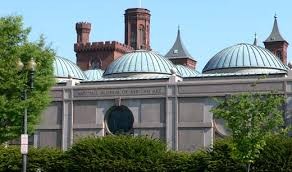
National Museum of African Art front view.
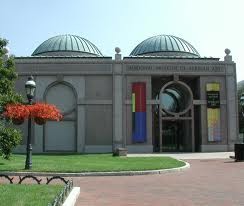
National Museum of African Art entrance.
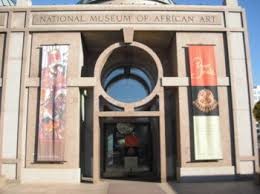
Warren M. Robbins, Founder of the Museum of African Art.
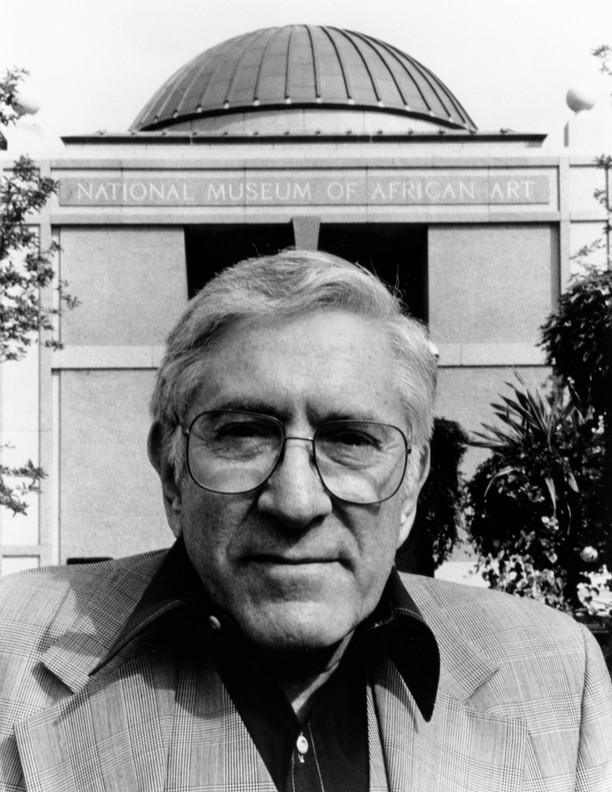
Enid A. Haupt Garden as the museum's rooftop.
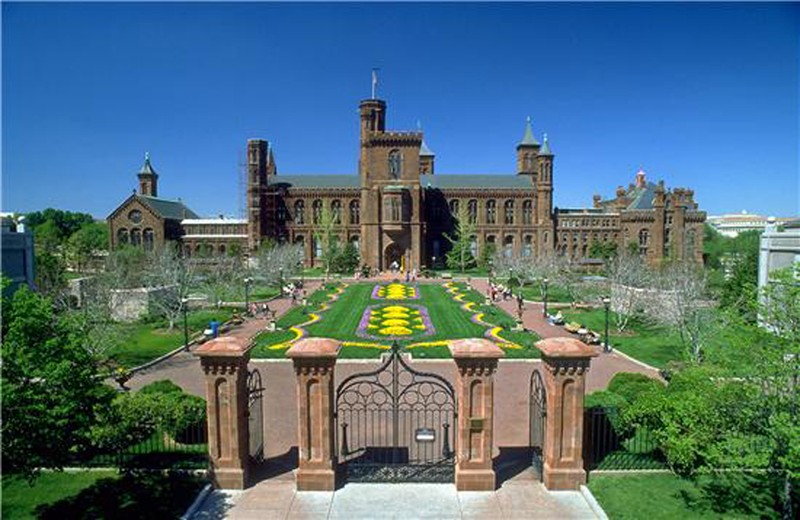
Backstory and Context
Text-to-speech Audio
This museum was originally housed in a townhouse on Capitol Hill that was once owned by African American abolitionist and statesman Frederick Douglass. The museum became part of the Smithsonian Institution in August 1979 following the enactment of Public Law 95-414. It was renamed the National Museum of African Art in 1981 and relocated to a new facility on the National Mall in 1987.
Located in the quadrangle complex on the grounds of the National Mall behind the Smithsonian Institution Building, the museum is a unique place, with 96 percent of its collections below ground. The building is part of the Smithsonian's Quadrangle Complex, designed by the famous Boston-based architect Jean Paul Carlhian. The Quadrangle Complex also houses the Arthur M. Sackler Gallery and the S. Dillon Ripley International Center, all linked underground and capped of with the Enid A. Haupt Victorian Garden on the roof.
The museum collection consists of more than 10,000 works and treasures, including over 400 modern and contemporary works of art, making it the most extensive publicly held collection of modern and contemporary African art in the United States. Objects range from ceramics, exceptional photographs, textiles, sculptures, paintings, and more. Over fifty years, the museum has continued to advance Warren Robbins’s vision of sharing the beauty and power of the diverse arts and cultures of Africa.
Sources
National Museum of African Art 50th Anniversary Gala. November 7, 2014. http://africa.si.edu/pdf/Smithsonian-African-Art-50th-Anniversary-Gala.pdf
National Museum of African Art. Strategic Plan 2006-2011. Smithsonian Institution. http://www.si.edu/content/opanda/docs/stratplan/2011.sp.nmafa.pdf
Smithsonian Institution. National Museum of African Art. http://africa.si.edu/
Smithsonian Institution Archives. "National Museum of African Art." Smithsonian Institution Archives. http://siarchives.si.edu/history/national-museum-african-art
